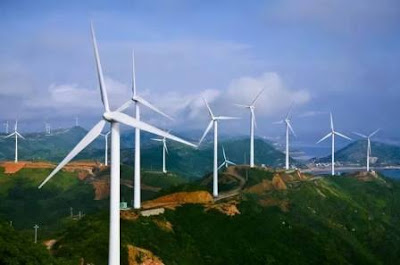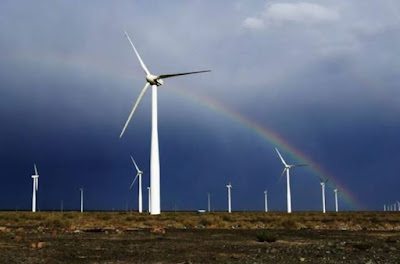Predicting key characteristics of wind power plants a decade or more in advance can inform investment, research and energy system planning decisions today. Researchers Philipp Beiter and Eric Lantz from the U.S. National Renewable Energy Laboratory (NREL), along with collaborators from Lawrence Berkeley National Laboratory and the U.S. Department of Energy, solicited more than 140 world leaders about their expectations for future wind power plants Expert opinion on Design 2035.
In their new article, "Experts View Wind Power Plants of the Future," published in the journal Wind Energy, the researchers found that experts expect wind turbines to increase in height even greater than previously predicted, with power plants increasingly located in Fewer places. Favorable wind and siting area.

Taller turbines, and their accompanying larger rotor diameters, capture more energy. In the most likely scenario, experts predict that the hub height of newly installed onshore wind turbines will reach 130 meters in 2035, instead of the 115 meters forecast provided in the 2015 survey. (Each survey asked experts to look 15 years into the future, so the 2015 data provided projections for 2030).
Experts estimate a plant size of 1,100 megawatts (MW) for fixed bottom wind and 600 MW for floating offshore wind. These and many other design options discussed in this article could support average energy cost reductions of 27% (onshore) and 17%-35% (floating and fixed offshore) by 2035 compared to today. The new plant design could also enhance the grid services of wind energy, for example, through project mixes with battery and hydrogen production.
"Our research provides a much-needed benchmark for representing future wind technology in power industry models," Beiter said. "By explaining the economics behind wind energy design choices, this paper addresses a key research gap."
The authors identify economic mechanisms driving these design changes, including economies of scale for larger turbines, larger plant size, and greater flexibility in site selection. Essentially, these mechanisms drive design choices, as the value of reducing costs or increasing energy production outweighs the incremental cost of acquiring them.
"While well established in broader economic theory and often addressed individually, relatively few efforts have systematically investigated the exact mechanisms driving the design of wind power plants," Lantz said of the study's unique contribution.
A comprehensive global survey of experts was conducted through the International Research Partnership, supported by the International Energy Agency's Wind Energy Technical Cooperation Programme, which is mandated to advance wind energy research, development and deployment in its member countries.




No comments:
Post a Comment